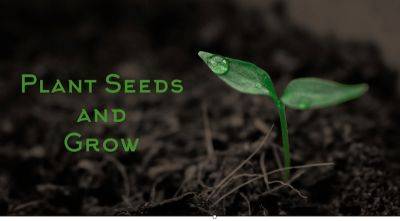In a typical year, I do my garden planning before Christmas. But last year wasn’t normal, and normality (whatever that means) has yet to return. I thought I’d thought about it, but it turns out – not so much.
MARSBalloon 2021
21.08.2023 - 11:52 / theunconventionalgardener.com / Emma Doughty
Last week, Thales UK and Thales Alenia Space announced their MARSBalloon 2021 project. They plan to launch more than 150 experiment capsules on high altitude balloons 30km up into the Earth’s atmosphere in June 2021. At those altitudes, the gas pressure, temperature and radiation are very similar to those on the surface of Mars. Perhaps the most exciting aspect of this project is that UK students will fill those experiment capsules. School students and science clubs can carry out Mars-analogue science experiments, with no costs beyond materials and postage. The only catch? It has to fit into a plastic Kinder Egg™ capsule.
This is the eighth annual MARSBalloon project run by a team of enthusiastic graduate space engineers. It is supported by Helen Sharman, the first British astronaut in space, the perfect space exploration ambassador.
Students can work together to create experiments using anything that will fit inside the capsule – electronics, materials, seeds, and even food. In previous years, experiments have tested the effect of Martian conditions on rubber bands, ink, memory sticks and 3D printed materials.
Over the course of about an hour, the balloon and its experiment load will ascend to 30km, more than twice the height of commercial airliners. The experiments will experience conditions very similar to the surface of Mars, including temperatures as low as -50°C. When the balloon finally bursts, a parachute will bring the experiment tray back down to Earth. Each experiment will be returned to its student researchers for analysis.
A post shared by marsballoon (@mars.balloon)
There’s clearly a lot of budding astrobotanists in the UK.
In 2019, the Engineer’s Choice Award for the Primary School age group went to Borras Park
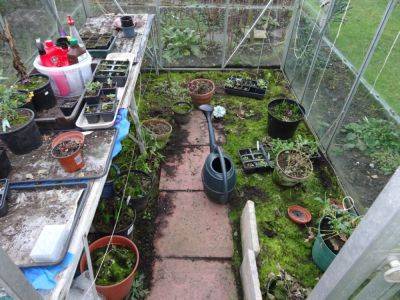
Readying the Greenhouse 2021
It is Mid February and the milder weather encouraged me to focus on my greenhouse in preparation for the new year. For once I made a list of more than a dozen greenhouse related actions and as I progressed down the list more items were added. Without the list I would drift off to do other jobs with lower priority but higher instant gratification.
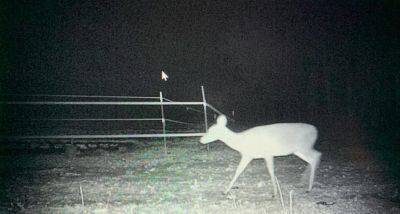
SC Fruit and Vegetable Field Report – January 25, 2021
Rob Last reports, “Strawberry crops in the area are looking good with good crown development. We are seeing open flowers and some fruit set based on warmer conditions. These crops are cause for some concern as we are likely to see damage from forecast cold snaps. There is evidence of botrytis (gray mold) in crops on cold damaged flowers and fruit. Sanitation can really help to mitigate the spread of the disease. Spider mites remain active and in places are requiring treatment. Remember to avoid pyrethroids for mite control as these can flare mite populations.”
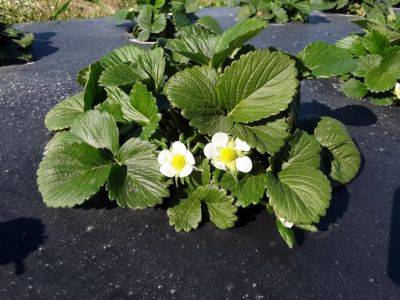
SC Fruit and Vegetable Field Report March 1, 2021
Rob Last reports, “Following a few days of warmer conditions, crops are moving on strongly. Flowering and fruit set is occurring in strawberry crops. At present, spider mites in treated crops are at very low populations, but with warmer weather, populations can increase rapidly. As we are entering flowering and fruit set, sanitation and fungicide applications will be required to keep gray mold managed. Remember to rotate FRAC codes to avoid resistance build-up. Fertigation is being applied, and it will be well worthwhile taking a tissue test from crops. Blueberries in the area are showing bud swell with early varieties showing open flower.”
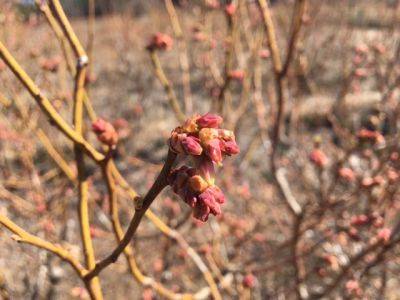
SC Fruit and Vegetable Field Report March 8, 2021
Zack Snipes reports, “We had some sunshine last week, which really brightened everything up. The last few nights have been cool, with some frost on the ground in the mornings. Things are starting to green up, and fields are drying out enough to plant. We are still direct-seeding crops around the region and will begin transplanting tomatoes in some areas this week. I spent last week checking strawberry fields to make sure things were good to go before they really bust out. I have been helping folks calibrate their drip fertigation systems for the upcoming season. If you think you need a hand with this, please let me know. Dialing in exactly how much fertilizer to use each day or week can really increase yields and lessen the amount of fertilizer that is leached. Leaching fertilizer means your plants aren’t taking it up, thus costing you money.”

SC Fruit and Vegetable Field Report- May 17, 2021
Zack Snipes reports, “Everything is progressing nicely in the Lowcountry. We got some much-needed rain last week. Temperatures have been cool, so things are somewhat slow from a developmental standpoint. All the crops look great, especially the tomato crop. We have a really nice fruit set and very little disease. I am expecting to see bacterial spot to show up sometime soon and have been getting a few calls about bacterial wilt taking down plants. I’ve also gotten a few calls about blossom end rot. That is typical on the first fruit set and will usually correct itself provided there is ample calcium in the soil AND the soil moisture is consistent. In our sandy soils, the main cause of blossom end rot is allowing the soil to dry out during the fruiting stage. Folks might want to consider multiple 30 minute to 1-hour irrigation cycles on tomatoes per day.”
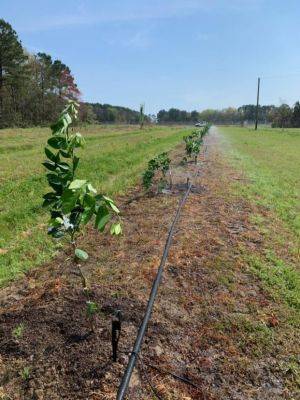
SC Fruit and Vegetable Field Report March 29, 2021
Rob Last reports, “Strawberry crops continue to develop well with sustained flowering and fruit set. Early crops are ripening well, with crops coming to market. Just a note of caution, the weather last week can be conducive to gray mold development; fungicide programs will be key. Thrips are active in some crops, so keep scouting. Melon transplants are going in the ground over the last week, with development looking very promising. Peaches in the area are all but finished flowering with a great fruit set. Finally, as we are looking at a cooler week for flowering fruit crops, keep an eye on the forecasted temperatures to determine if any protection will be required. Fruit and closed buds can tolerate cooler temperatures than flowers, but damaged flowers can increase gray mold development.”
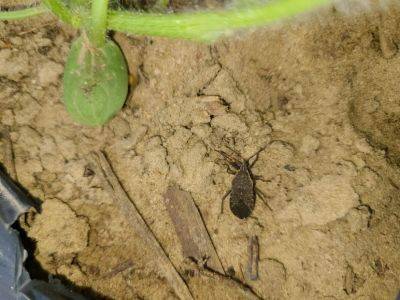
SC Fruit and Vegetable Field Report – May, 3, 2021
Rob Last reports, “Botrytis (gray mold) is evident in places following rainfall. Sanitation and removal of the infected berries are critical to reducing inoculum loading. Fungicide applications will also be required to prevent spore germination and further spread of the disease. Where spider mite treatments have been applied, they have effectively reduced the populations but will still require scouting and monitoring. The yields achieved are very good. Cucurbit crops continue to develop well with a low incidence of chill injury from the cooler temperatures observed on April 21/22. Crops are running well, with some flowering being observed. Cucumber beetles are being monitored, and a few aphids are present in places. Cucumber beetles observed are currently below the threshold of 5 beetles per plant. Squash bugs are also being found on some sites. Careful monitoring will be required because numbers can increase rapidly. Crops are free from disease; however, protectant fungicides are still a critical input. Blueberries are swelling well and beginning to blush. Blackberries are flowering with excellent fruit set and bud formation. Spider mites have been evident in these crops, too; however, miticide applications are proving very effective.
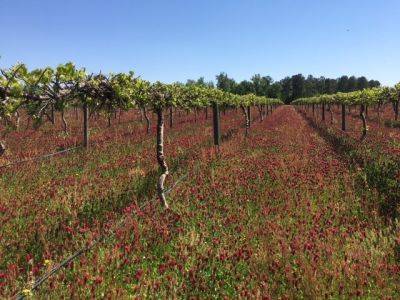
SC Fruit and Vegetable Field Report – April 26, 2021
Rob Last reports, “Crops in the area continue to develop well, and I expect this to continue after some welcome rainfall over the weekend. Following the rain over the weekend and returning to warm temperatures, keep scouting for diseases in crops and ensure fungicide applications are made promptly. Spider mites show activity in a range of crops from strawberries to peppers, tomatoes, and blackberries. Cucumber beetles are beginning to be found in sticky traps. Currently, no damage is being seen to crops.”

SC Fruit and Vegetable Field Report March 22, 2021
Zack Snipes reports, “We got some needed rain, but we got a lot of it in a short amount of time. Winter peas and spring-planted brassicas are looking good. Tomato and squash are in the ground on some farms, but because of the cooler weather and soil temperatures, they haven’t really taken off yet. I see a lot of brassica fields leftover from the fall. These fields are harboring all of our insects and diseases that we will have to fight this coming season. Mow these fields down and turn them under. Do not leave them. I am seeing lots and lots of diamondback moths and black rot in these leftover fields. Some more sad news this week from the Lowcountry as Mr. Adair McKoy, Sr. passed away this past week. Mr. McKoy was full of wisdom and had years and years of practical farming knowledge that he loved sharing with others. Never did I visit him when I didn’t learn something new. His love and care for the land was truly inspirational.”
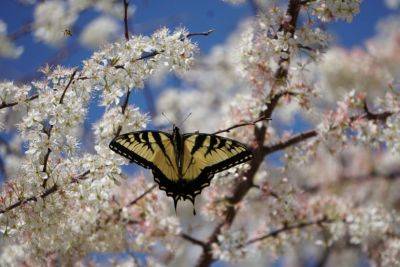
SCBG Plant Sale 2021
Pyrus calleryana ‘Bradford’ was once touted as the perfect, sterile garden or landscape tree. It has now bred prolifically with other pear species and spread so extensively that it is now on South Carolina’s invasive plant list. Now is an excellent time to replace these pest trees with something more ecologically sound. We have several options to choose from at the South Carolina Plant Sale or visit your local nursery to find alternatives. The SCBG plant sale is online again this spring; details are here: https://www.clemson.edu/public/scbg/plant-sale/index.html
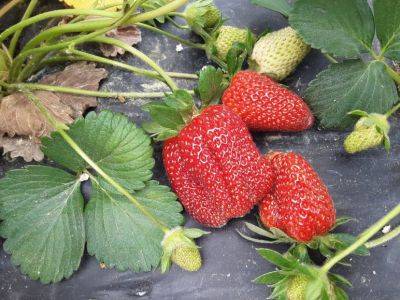
SC Fruit and Vegetable Field Report. – April 12, 2021
Rob Last reports, “Crops are generally doing well in the area, with strawberries coming off with good volumes. On the whole, row covers, or icing protected 97% of the susceptible flowers leading to 1-2% losses of flowers. The damaged flowers can increase grey mold pressure in the crops so, maintaining both sanitation and fungicide applications to strawberries will be crucial. As berries ripen, sanitation also becomes essential for reducing pest pressure from sap beetles. In some crops, where row covers were utilized, we see spider mite populations increasing and a few active thrips feeding on both flowers and berries. Other fruit crops in the area, such as blackberries and blueberries, look very good with low levels of damage from the freeze event last weekend. Peaches in the area are being thinned, with scouting being maintained for scale and plum curculio. Early planted watermelons did suffer from the frost in places, leading to 10-15% plant loss and hence the need to replant in a few areas. Other crops are moving slowly away from the injuries. Luckily a lot of crops were not beginning to vine and survived the worst of the damage. These plants are stressed, so care will be needed with any applications as well as scouting for pest and disease issues. Conversely, Cantaloupes in the area were direct seeded and have survived unscathed.”
